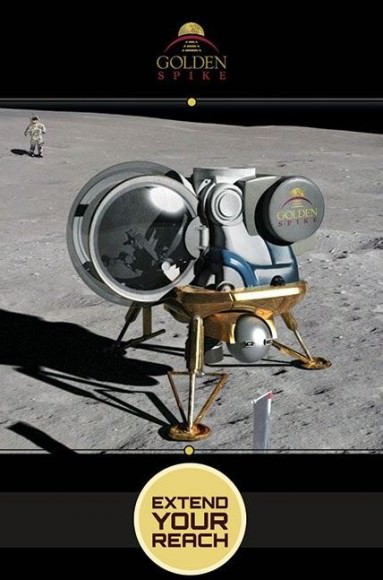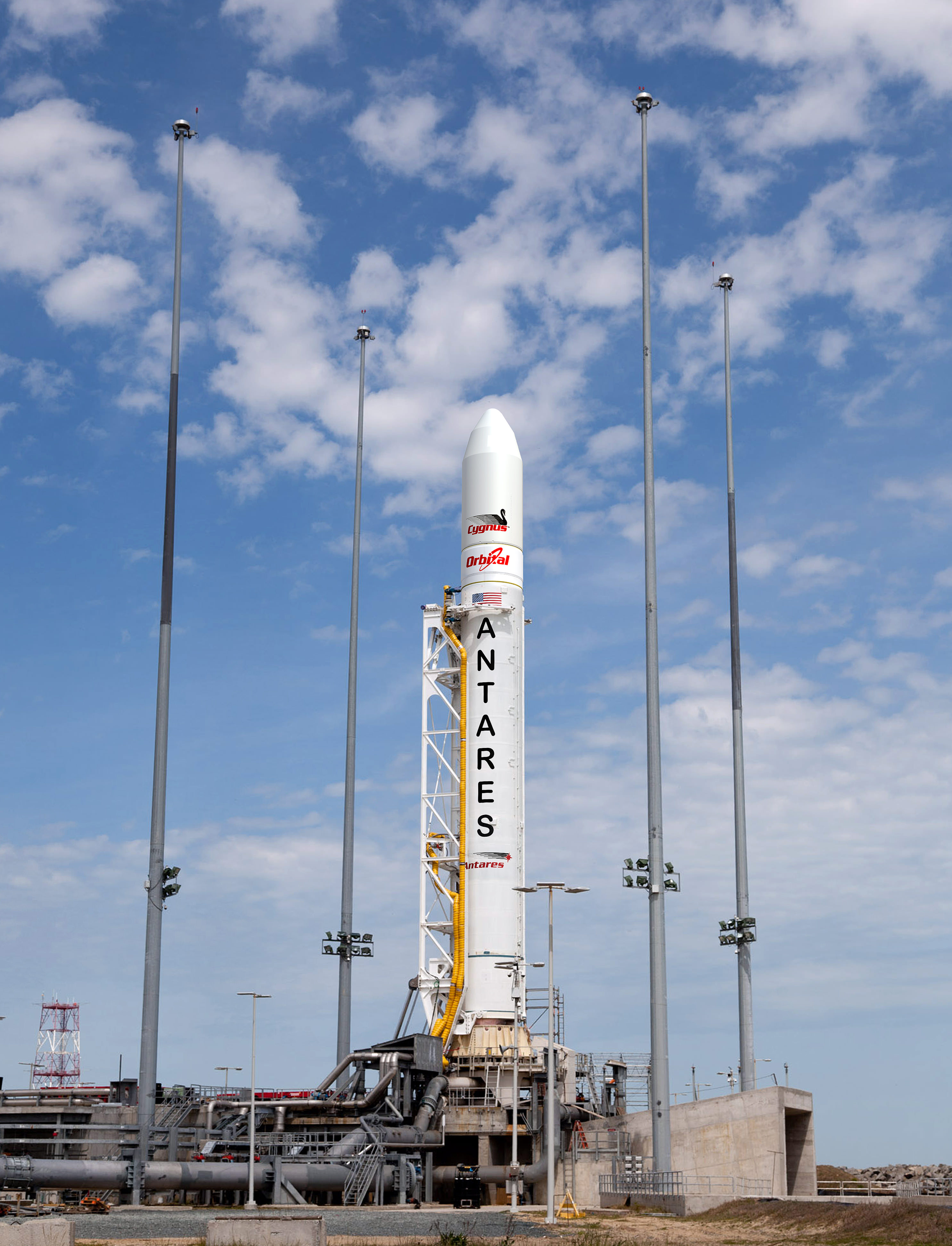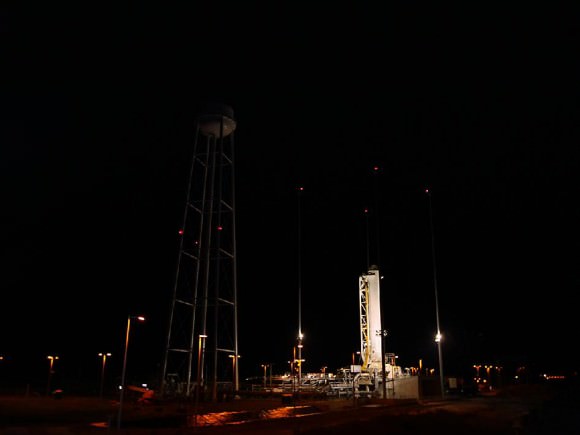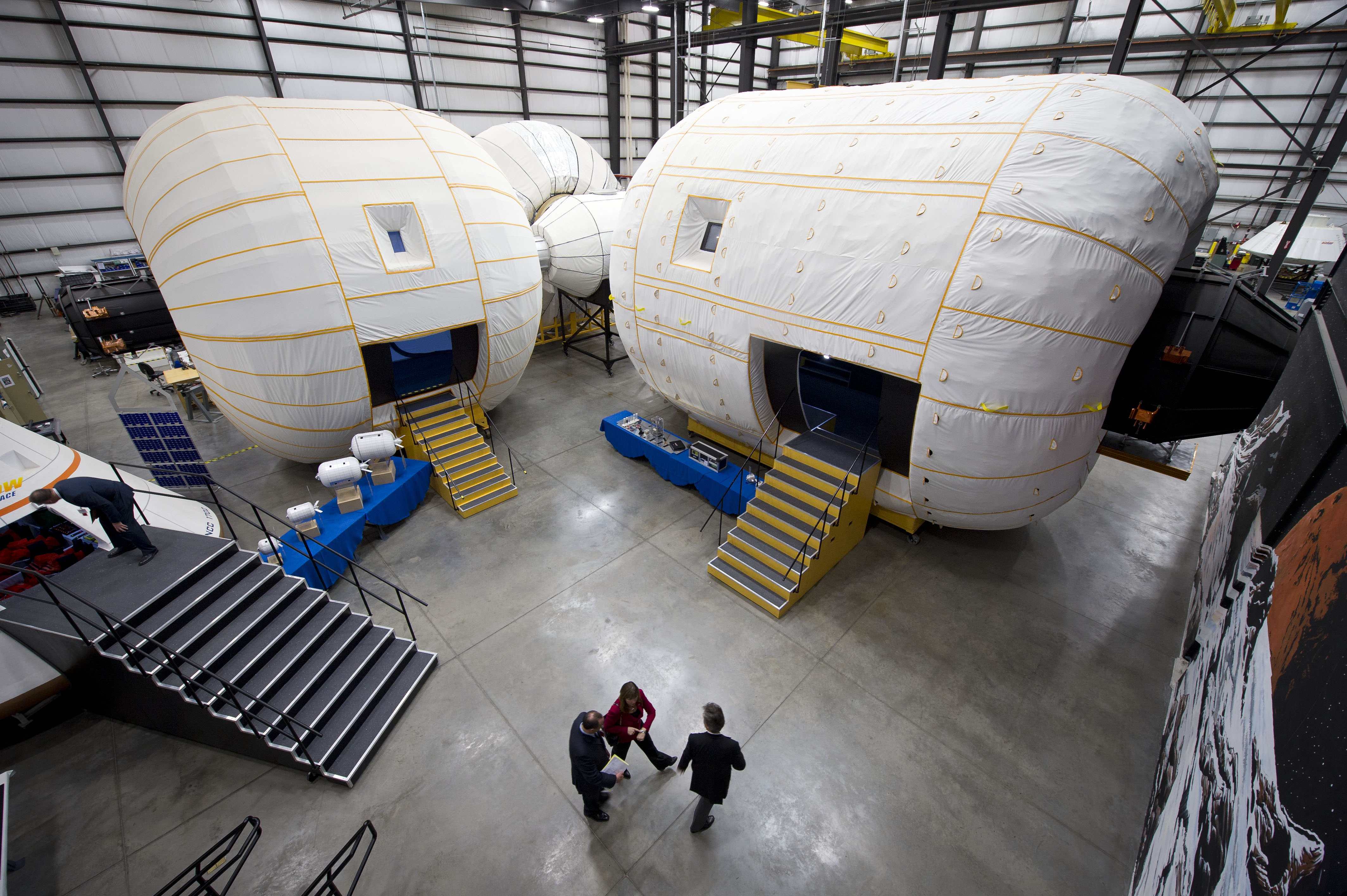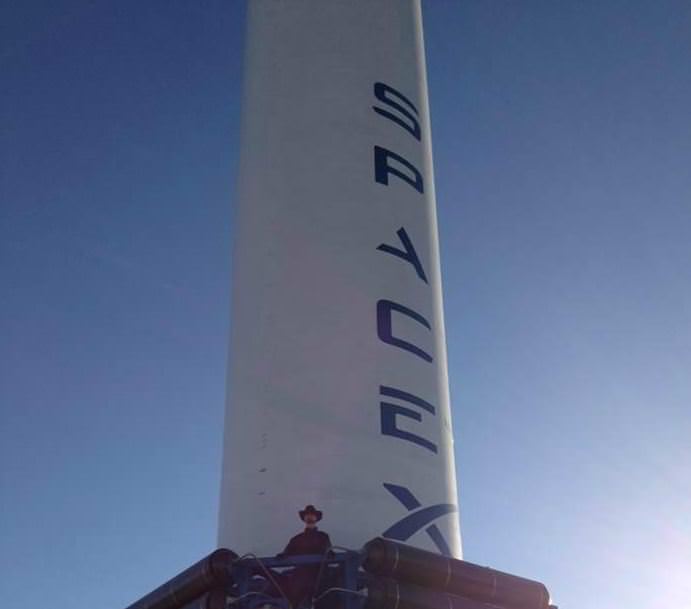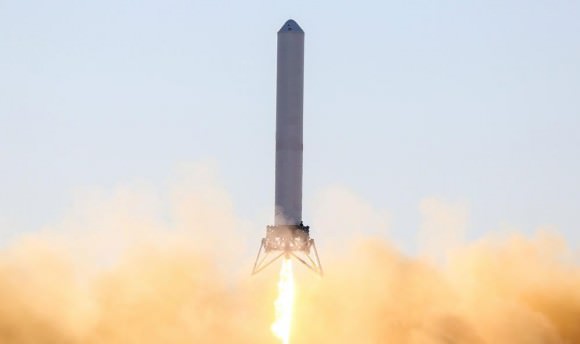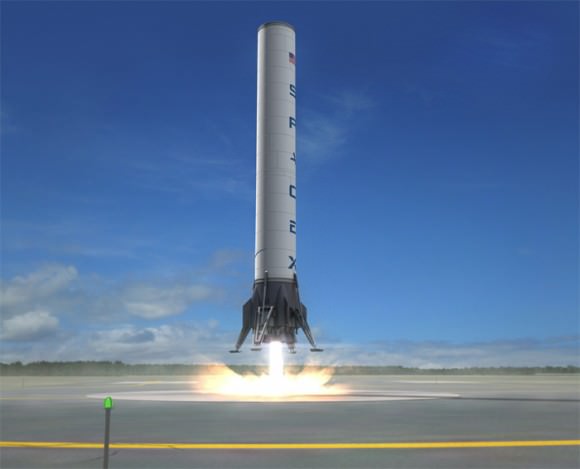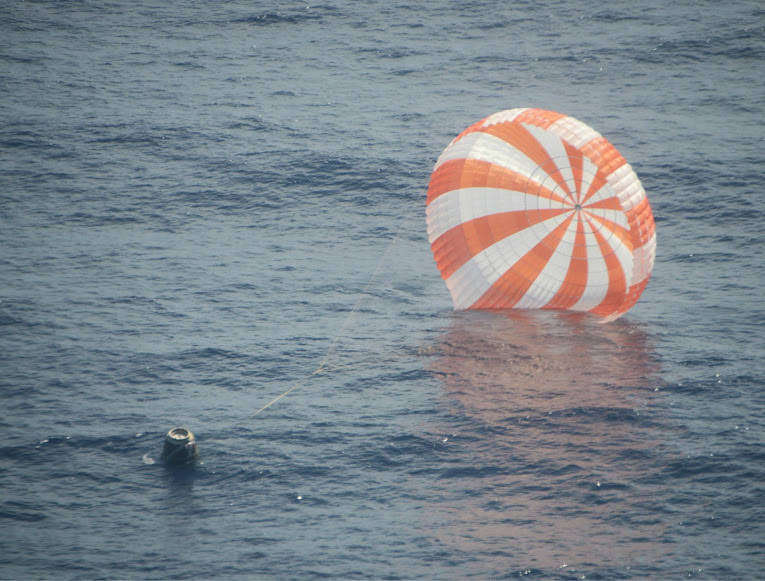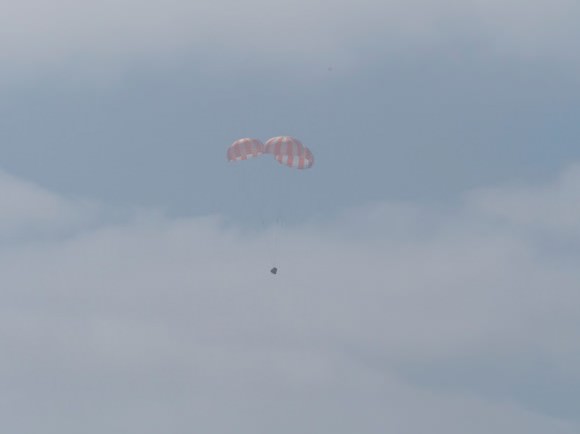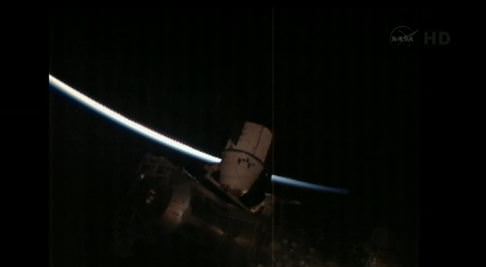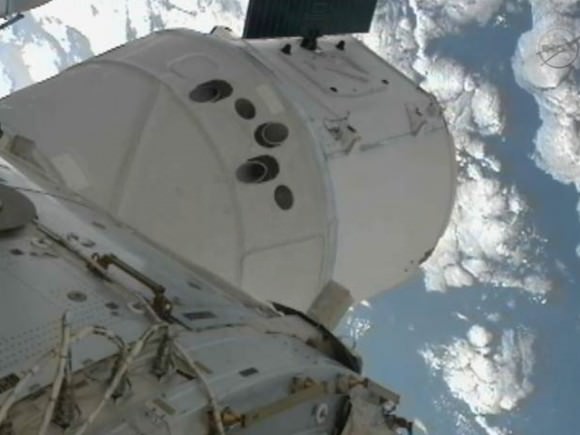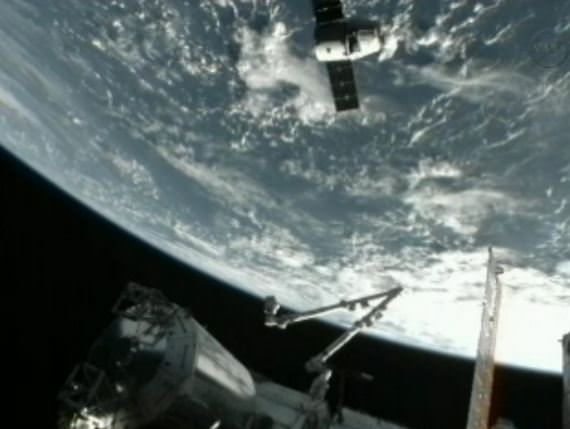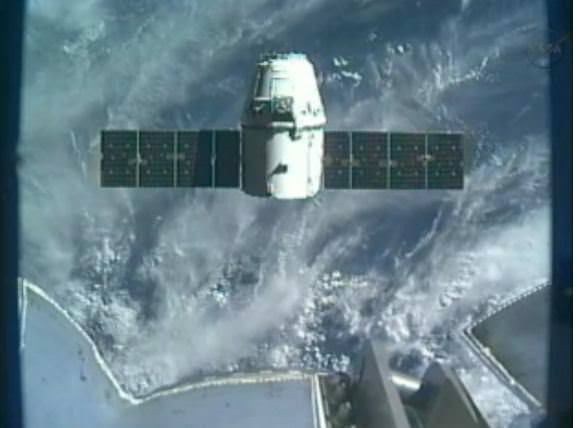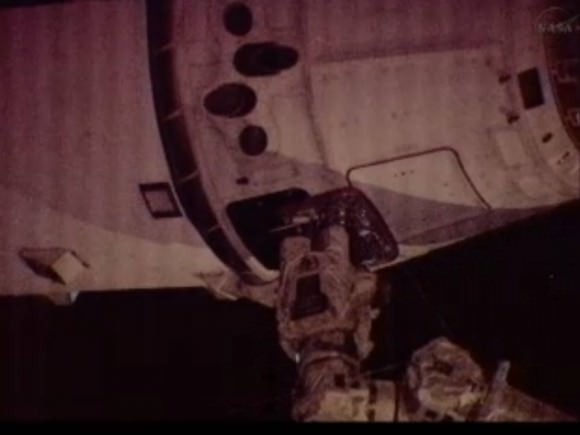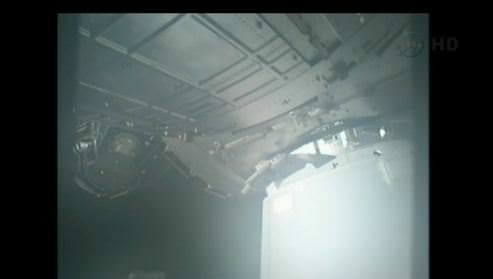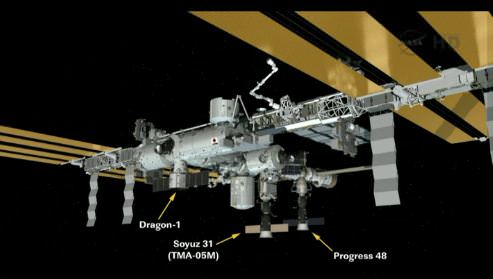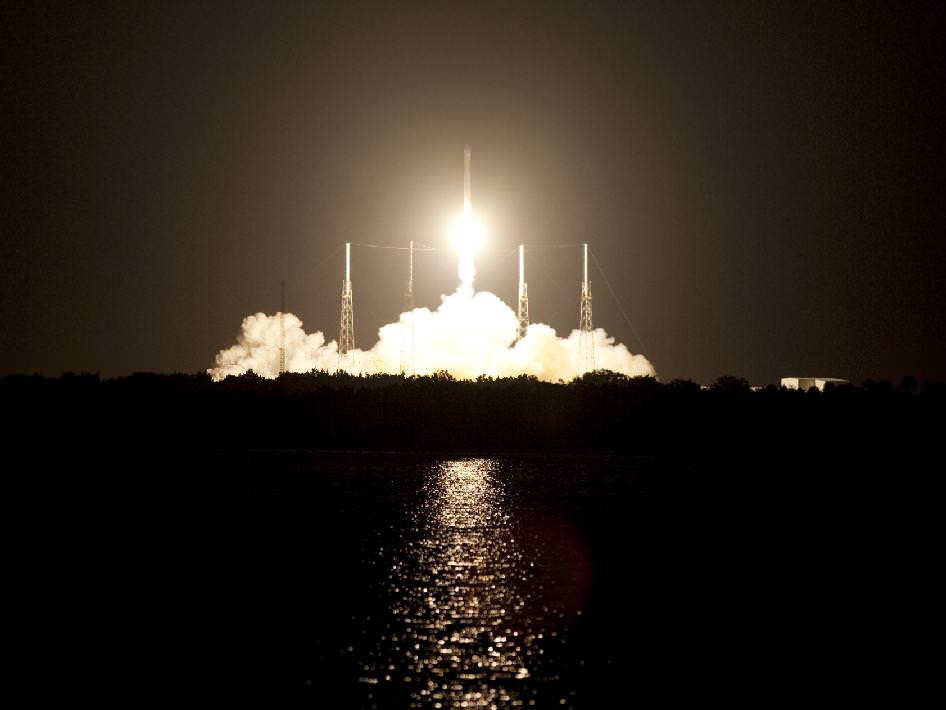Last December, when a private space exploration company named Golden Spike announced they are working to offer human expeditions to the Moon by 2020, they also said wanted to bring public along as an integral part of the company’s mission. Since their initial announcement, the Golden Spike team says they’ve been inundated with emails, letters and social media posts from people wanting to know how to take part, and how they could help speed the development of human lunar expeditions.
Today, The Golden Spike Company — which hopes to generate sustainable human lunar exploration with a series of commercial expeditions for nations, corporations, and individuals — began a 10-week Indiegogo crowdfunding campaign to enable a “participatory exploration program.” This isn’t funding the building of rockets and spaceships directly, but does allow the public to help the company accelerate their efforts.
“The funds will enable us to launch our participatory exploration program, which is more than just the perks people get for making a donation,” said Golden Spike President and CEO Dr. Alan Stern in an email to Universe Today. “It involves apps, membership, media productions, and more, and that effort is intended to become self-sustaining after we jump-start it with Indiegogo.”
Stern said funds from the Indiegogo campaign will also be used for other activities in Golden Spike.
“We’re building a program that is about connecting people to lunar exploration,” he said, “and when we had people keep telling us they want to help fund us to help get us to the Moon, we’re really excited about that. But while our major funding will, of course come from sales and investment, this gives people a sense of participation too.”
The company is looking to raise $240,000 – a dollar for every mile from the Earth to the Moon.
“The drive aims to raise awareness about Golden Spike, accelerate Golden Spike’s plans for innovative public participation in its activities, and give the global community of space enthusiasts and the general public a chance to help fuel Golden Spike’s human Lunar exploration mission,” says the Golden Spike team on their Indiegogo page.
“We hope that this campaign and all the projects it enables will generate a degree of participation in space exploration that has never existed before” said Gerry Griffin, former Apollo Flight Director and the Chairman of Golden Spike’s Board of Directors.
Those participating in the crowdfunding campaign will become Golden Spike ‘insiders,’ with an Olympics Movement-style membership program for children and adults. “We want to make it possible for people to follow Golden Spike’s development and space missions just like people follow Hollywood, NASCAR, and professional sports,” said Stern.
Some of the perks of donating include receiving reconnaissance images of potential landing sites, having the chance to vote on where missions should land on the Moon, and having your name and a short message left on the Moon. Big donors would receive trips to launches of missions to the Moon.
But to get the Moon yourself via Golden Spike, you’ll have to foot the $1.5 billion price tag for a two-person lunar mission.
The Golden Spike Company was started by a group of former NASA engineers and spaceflight experts, looks to provide services such as vehicles, mission planning, mission ops, and crew training to create a reliable and affordable lunar exploration system that will be U.S. based
Stern said they will not build new hardware but adapt crew capsules already in development and use existing infrastructure and launchers. However, they are looking to developing their own lunar spacesuits and lunar landers.
Their tentative plan is to use a series of launches where the first launch sends a lunar lander to orbit the Moon and a second launch brings the crew, which will then dock with the lander and head to the Moon.
Stern said their costs per flight are not much higher than some recent robotic lunar missions that have been flown and they will offset their costs with spaceship naming rights, media rights, and other enticements. They already have companies involved, such as United Launch Alliance, Armadillo Aerospace, Masten Space Systems, and have brought several investors on board.
Golden Spike’s website
The Indiegogo page for Golden Spike
